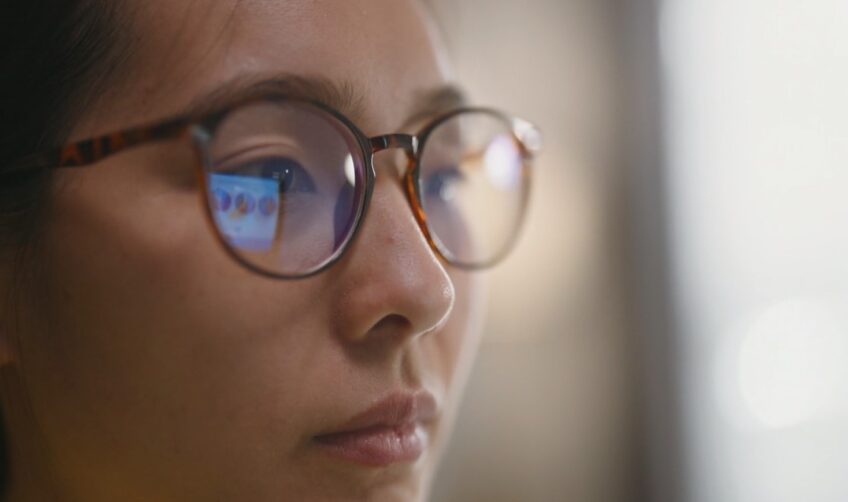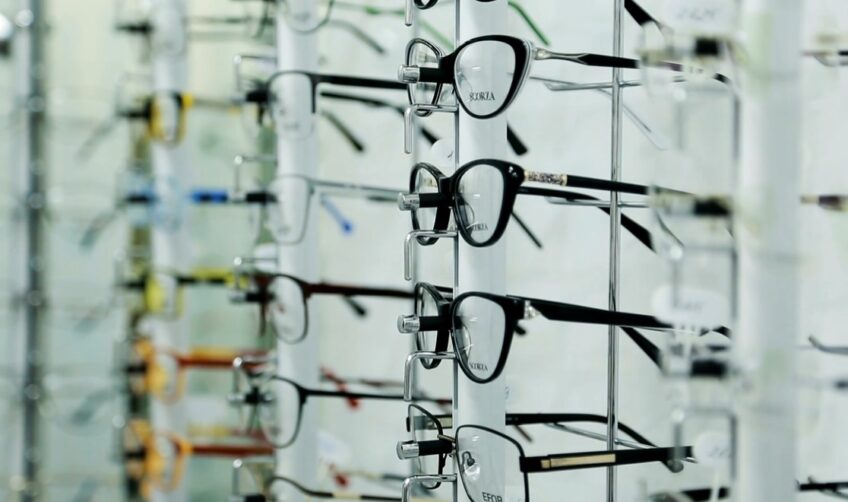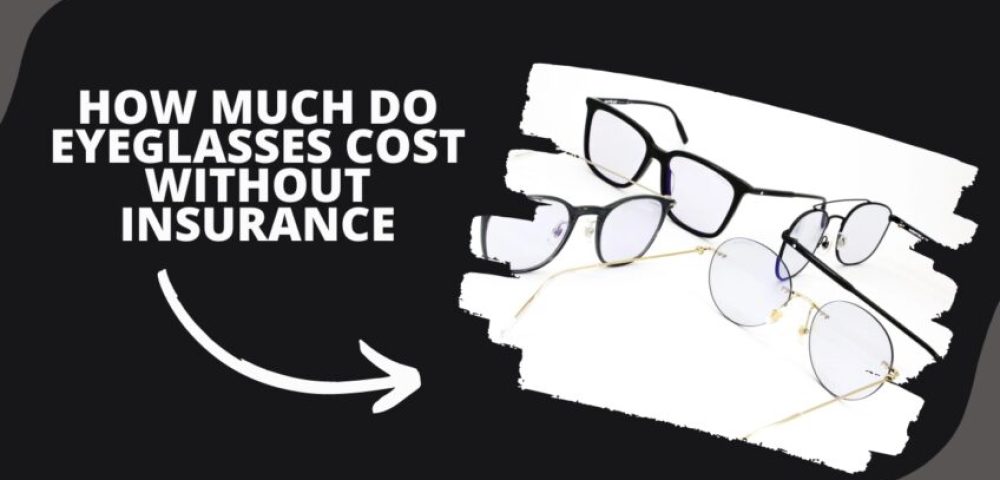“Four eyes” used to be a nickname for those who wore glasses, but these days it’s become more of a fashion statement. Whether you’re looking to update your style or simply need corrective lenses, eyeglasses can make a big difference in your life. But what if you don’t have insurance? How much will this vital accessory cost you? Fear not, we’ve done the research and are ready to share all the details on how much eyeglasses actually cost without insurance. So sit back, relax and prepare to see clearly as we break down the costs for you!
Page Contents
About eyeglasses
Eyeglasses are an essential item for millions of people worldwide. They allow individuals to see clearly and live their daily lives with ease. However, the cost of eyeglasses can be a significant financial burden for those without insurance. It can vary depending on several factors, including the type of lenses, frames, and coatings.
First, let’s start with the basics. Eyeglasses are made up of two main components: lenses and frames. Lenses are part of the eyeglasses that correct your vision, while frames are the structure that holds the lenses in place. The cost of eyeglasses without insurance varies depending on the type of lenses and frames you choose.
The type of lenses you choose can have a significant impact on the overall cost of your eyeglasses. There are several different types of lenses available, including single-vision, bifocal, and progressive lenses.

Single-vision lenses are the most common type of lenses and are used to correct one type of vision problem, such as nearsightedness or farsightedness. The cost of single-vision lenses can range from $20 to $400, depending on the type of material and coatings you choose.
Bifocal lenses are designed to correct two vision problems, such as nearsightedness and farsightedness. They have a visible line that separates the two parts of the lens. The cost of them can range from $50 to $500, depending on the type of material and coatings you choose.
Progressive lenses are similar to bifocal lenses but have no visible line. They are designed to correct multiple vision problems, including nearsightedness, farsightedness, and presbyopia. The cost of progressive lenses can range from $100 to $700, depending on the type of material and coatings you choose.
Frames are the second main component of eyeglasses, and they can also significantly impact the cost of your eyeglasses. They come in many different styles, shapes, and materials. The cost of frames can range from $10 to $500, depending on the brand, material, and style.
Metal frames are generally the most affordable type of frame and can cost between $10 and $150. Plastic ones can cost between $20 and $250, depending on the style and brand. Designer frames can cost anywhere from $100 to $500, depending on the brand and style.

In addition to the cost of lenses and frames, there are several additional factors that can increase the cost of your eyeglasses. These factors include:
- Lens coatings: Lens coatings are used to protect your lenses from scratches and glare. There are several different types available, including anti-reflective, scratch-resistant, and UV protection. The cost of lens coatings can range from $10 to $150, depending on the type and brand.
- Prescription-strength: The stronger your prescription, the more expensive your lenses will be. If you have a high prescription, your lenses may require additional customization, which can increase the cost.
- Add-ons: There are several additional features that you can add to your eyeglasses, such as tints, polarization, and photochromic lenses. These add-ons can increase the cost of your eyeglasses.
- Eye exam: If you don’t have insurance, you’ll need to pay for an eye exam out of pocket. The cost of an eye exam can vary depending on where you live and the type of eye doctor you see. The average cost of an eye exam without insurance is around $100.
- Shipping: If you order your eyeglasses online, you may need to pay for shipping.
National Average Cost of Eyeglasses

The average cost of a complete pair of eyeglasses in the United States is $196, according to a VSP global consumer study conducted in 2019. This cost can vary depending on the type of frames, lenses, and add-ons you choose. For example, adding an anti-reflective coating to your lenses will increase the price by about $50.
If you do not have insurance that covers optical care, there are still many ways to get affordable eyeglasses. Many vision charities provide free or low-cost glasses to those in need. There are also a number of discount retailers that sell glasses at a fraction of the cost of traditional optical stores.
In addition, many online retailers offer eyeglasses at a discounted rate. These companies often provide free shipping, free returns, and even virtual try-on services. It’s important to do your research and compare prices before making a purchase to ensure you’re getting the best deal possible.
Ways to Save Money on Eyeglasses

There are a few things you can do to save money on eyeglasses, even if you don’t have insurance. One way is to shop around for the best price. Another way is to get a discount by using a coupon or promo code. You can also sign up for a store loyalty program to get discounts. Also, consider buying used eyeglasses or getting them from a friend or family member.
If you liked this article be sure to check out how much would it cost you if you were held for 72h with no insurance.
Conclusion
Purchasing eyeglasses without insurance can be expensive, but there are ways to make the cost more manageable. Shopping around for discounts and looking into alternative payment options such as layaway plans or financing options will help you get the glasses you need at a price that fits your budget.
Additionally, if you have an eye doctor who offers discounts on frames or contact lenses then it’s worth exploring those possibilities. Ultimately, taking time to explore your financial resources and shopping smartly can save you money in the long run when buying eyeglasses without insurance.
With an in-depth knowledge of supplements and a commitment to wellness, Sharon’s words inspire readers to embark on a transformative journey towards optimal health.















